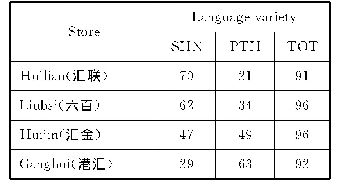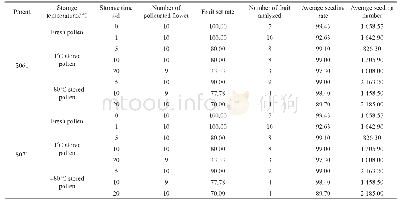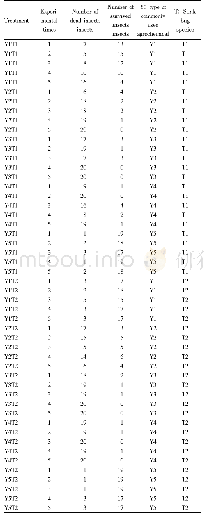《Table 6 Language use in four modern Xujiahui stores;customers interacting with shop assistants;2007
 提示:宽带有限、当前游客访问压缩模式
提示:宽带有限、当前游客访问压缩模式
本系列图表出处文件名:随高清版一同展现
《长期顺应、网络密度、方言活力与语言规划策略——上海言语社区的重构(英文)》
At Ganghui,we also observed a 17%shift in the direction of the use of Putonghua for business transactions(van den Berg,f.c.,Table 4).We expect these respondents to be highly educated Shanghainese speakers for who Putonghua has become the dominant language.We can conclude therefore that in Shanghai one-insix of the highly educated Shanghai speaking residents switched to Putonghua as the commonly used language variety for everyday between-group interactions.Following social identity theory(Tajfel&Turner,1979),we need to admit that for these upper middle class people,the use of Putonghua not only is the dominant language in the work environment,but that they also use that variety to stress their social identity when interacting with salespeople in a luxurious shopping environment(LePage&Tabouret-Keller,1985).They do this in order to make clear that they belong to the social elite group and have sufficient purchasing power.
| 图表编号 | XD00215523800 严禁用于非法目的 |
|---|---|
| 绘制时间 | 2015.11.01 |
| 作者 | 范德博 |
| 绘制单位 | 莱顿大学 |
| 更多格式 | 高清、无水印(增值服务) |





